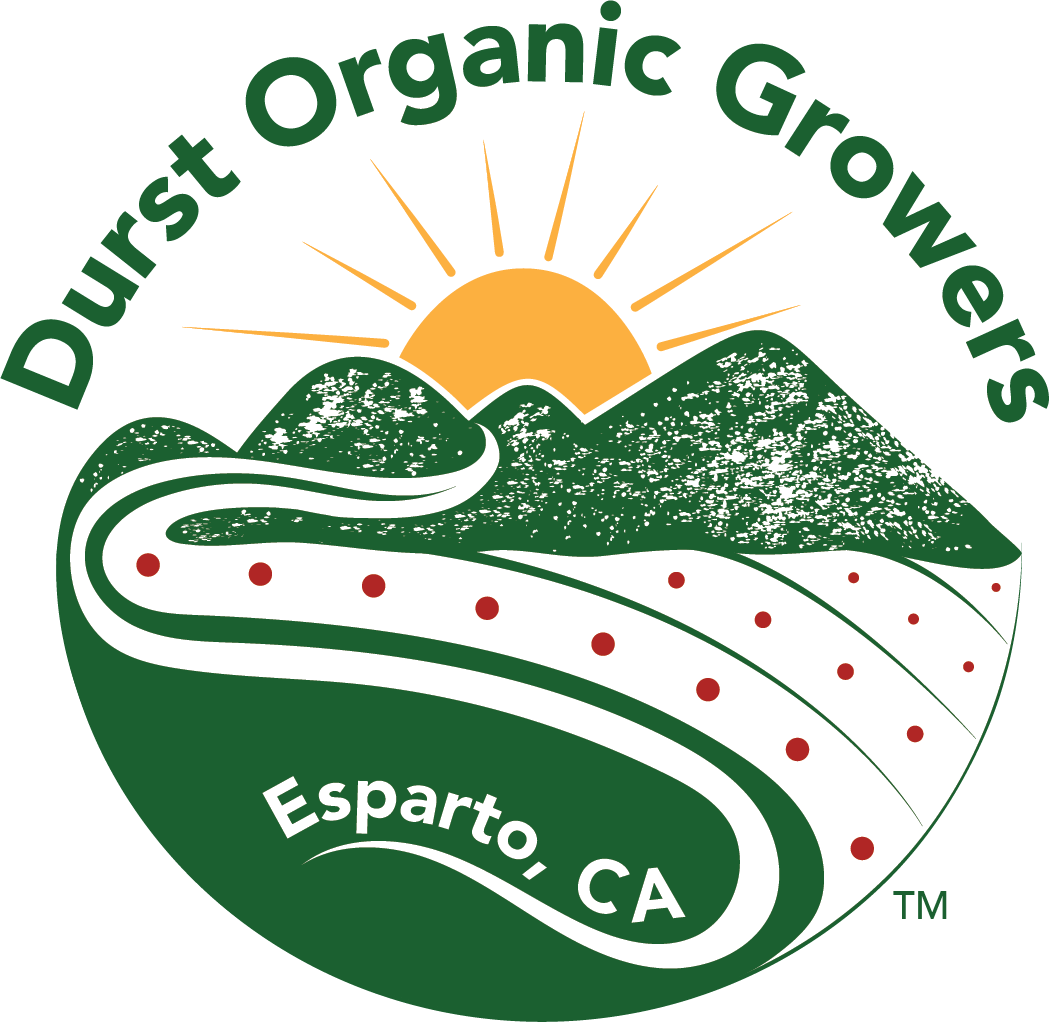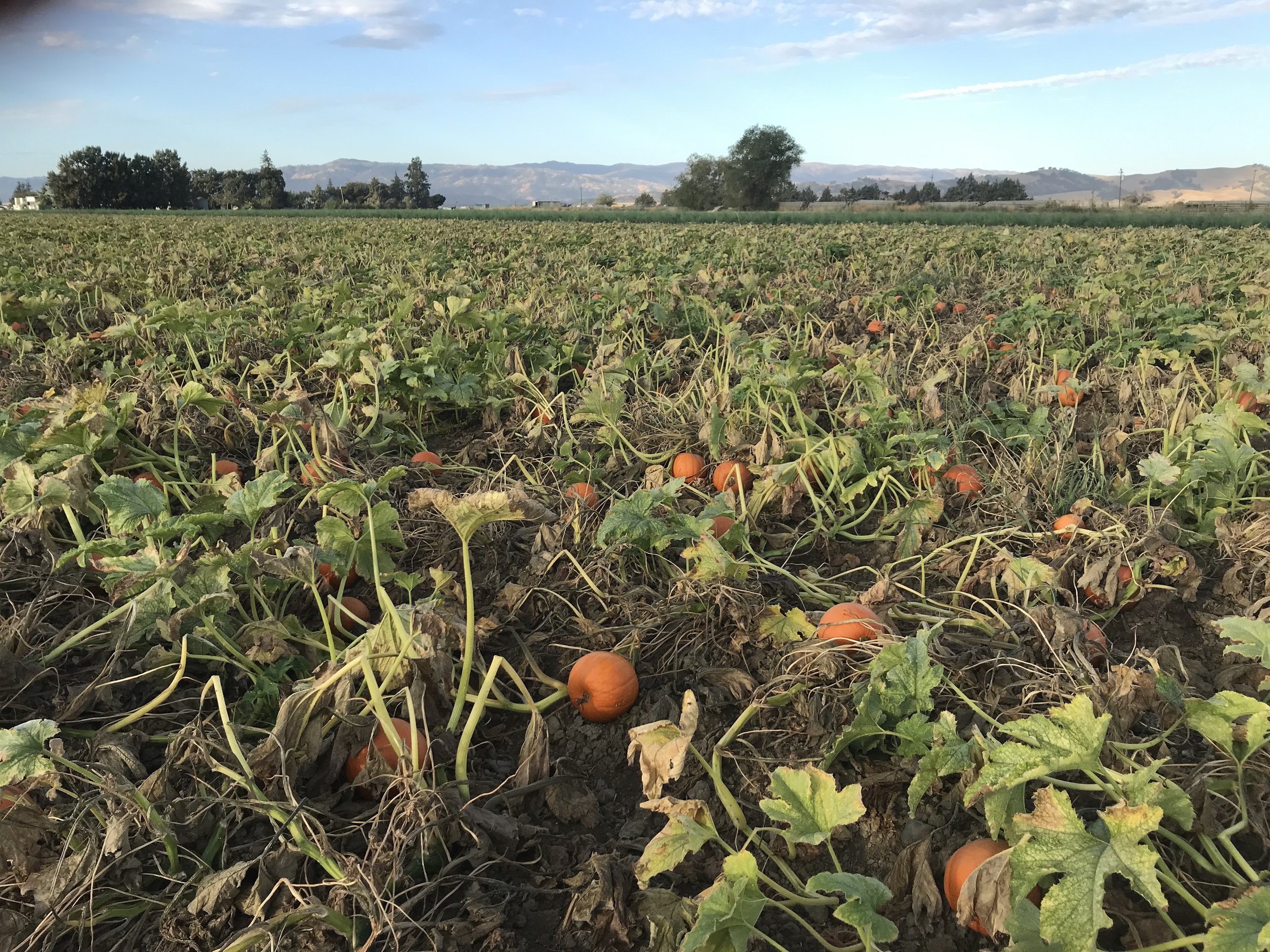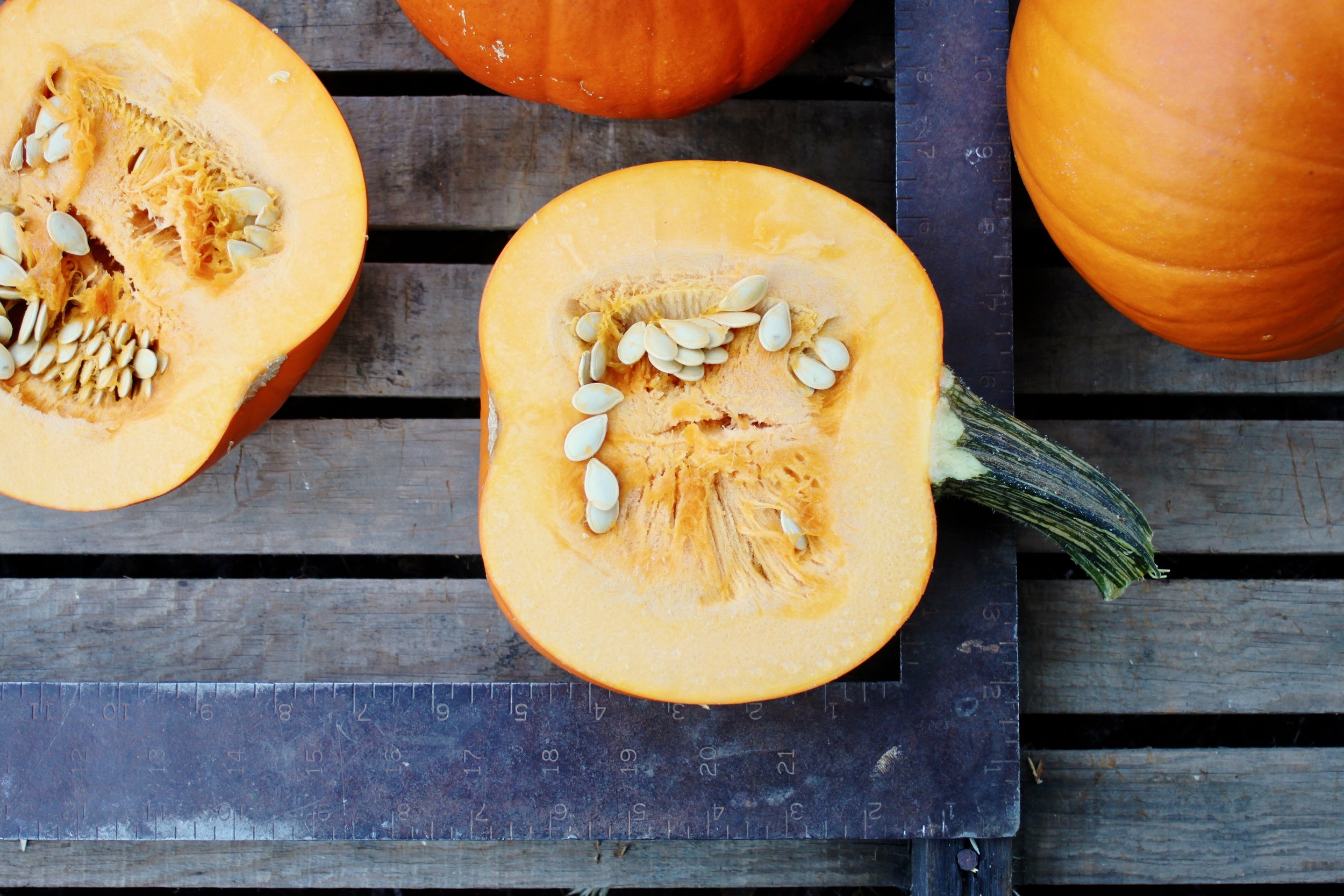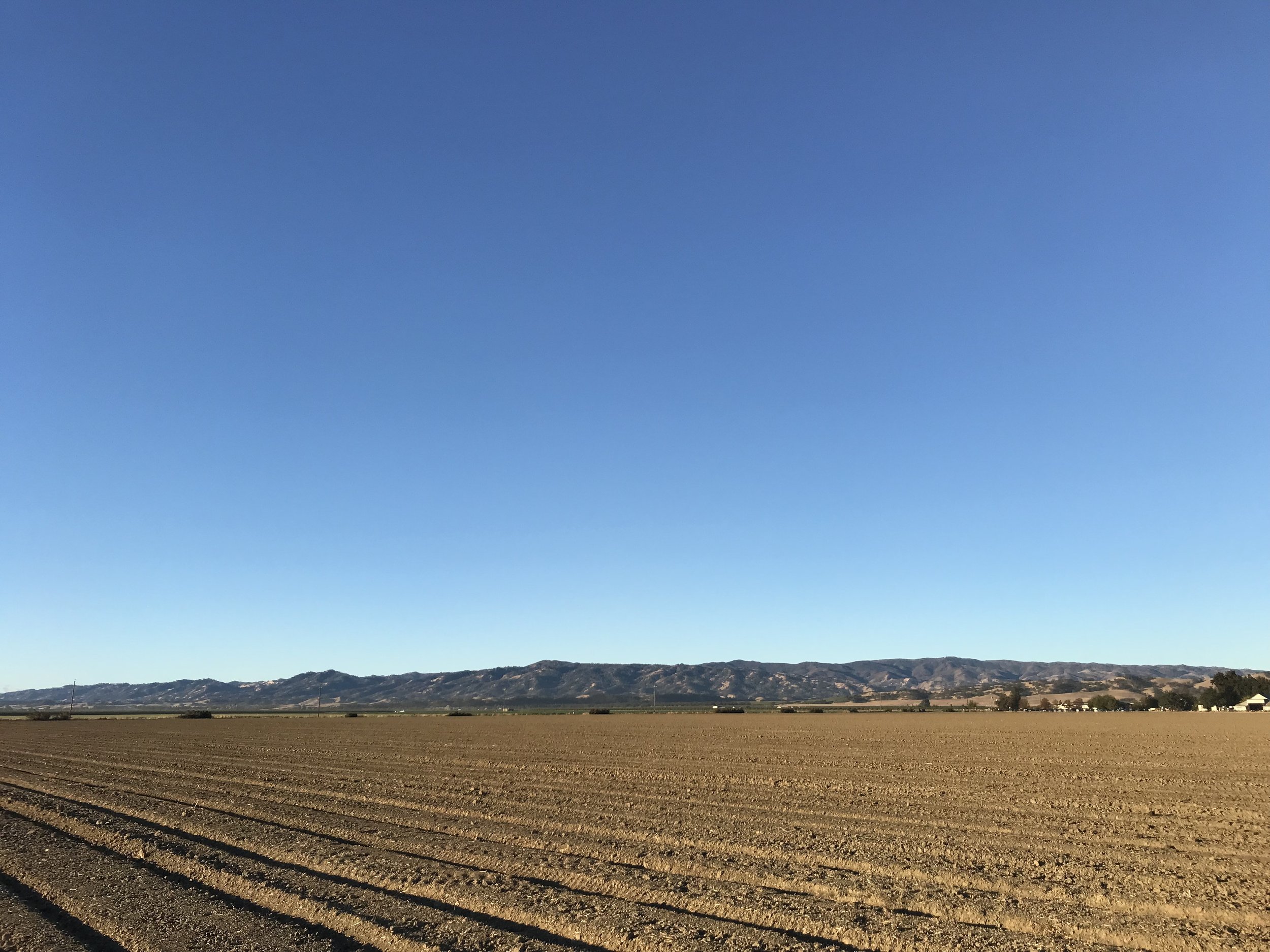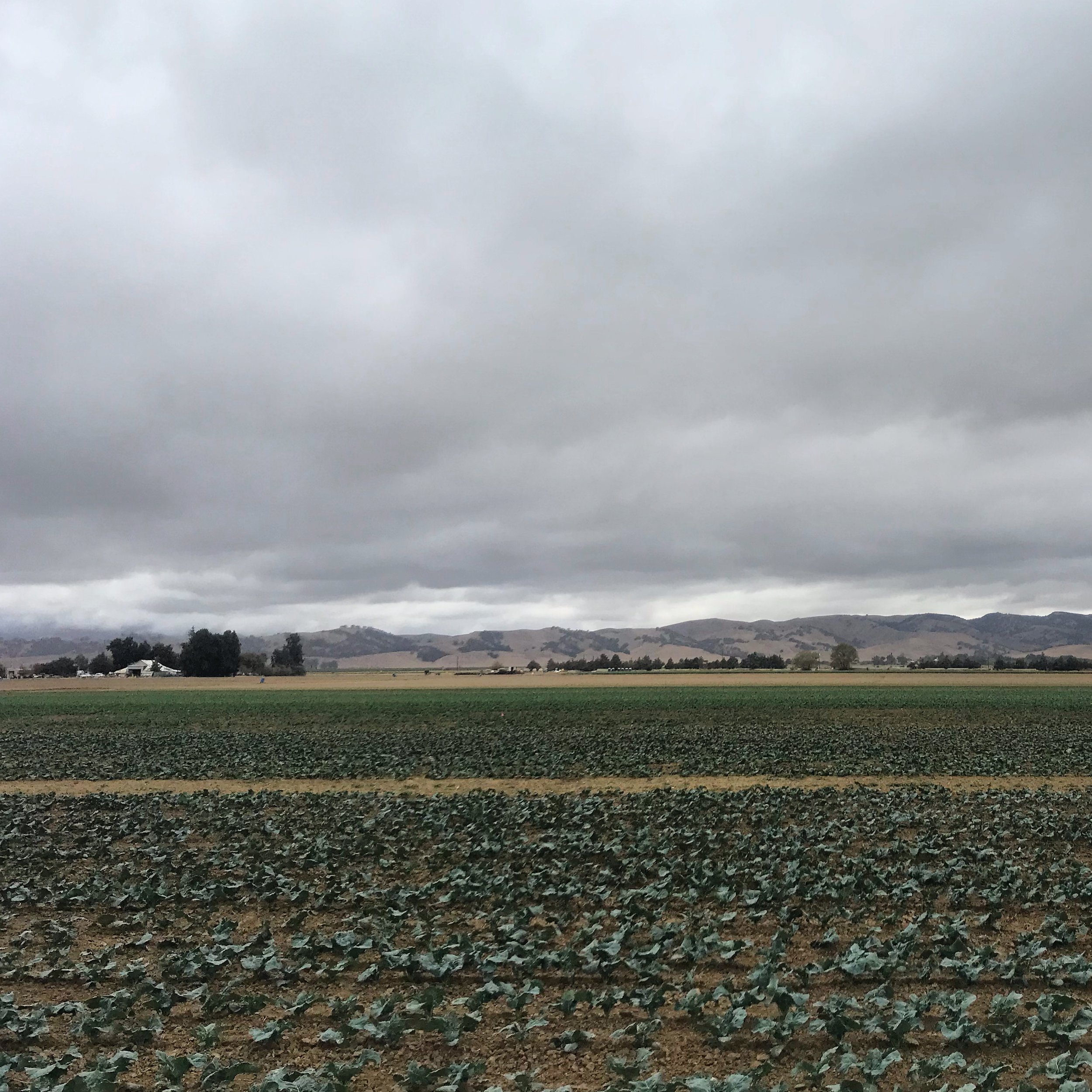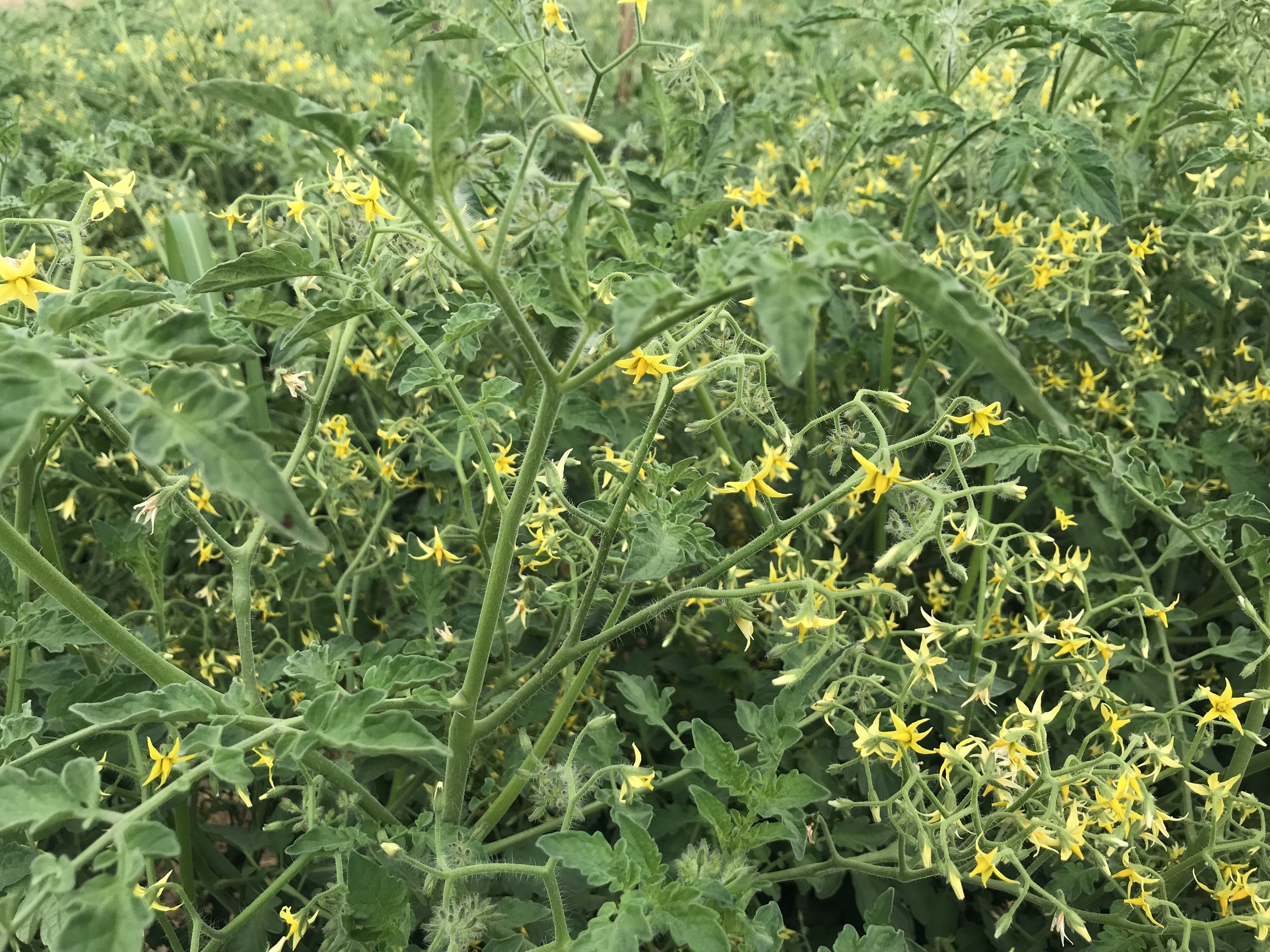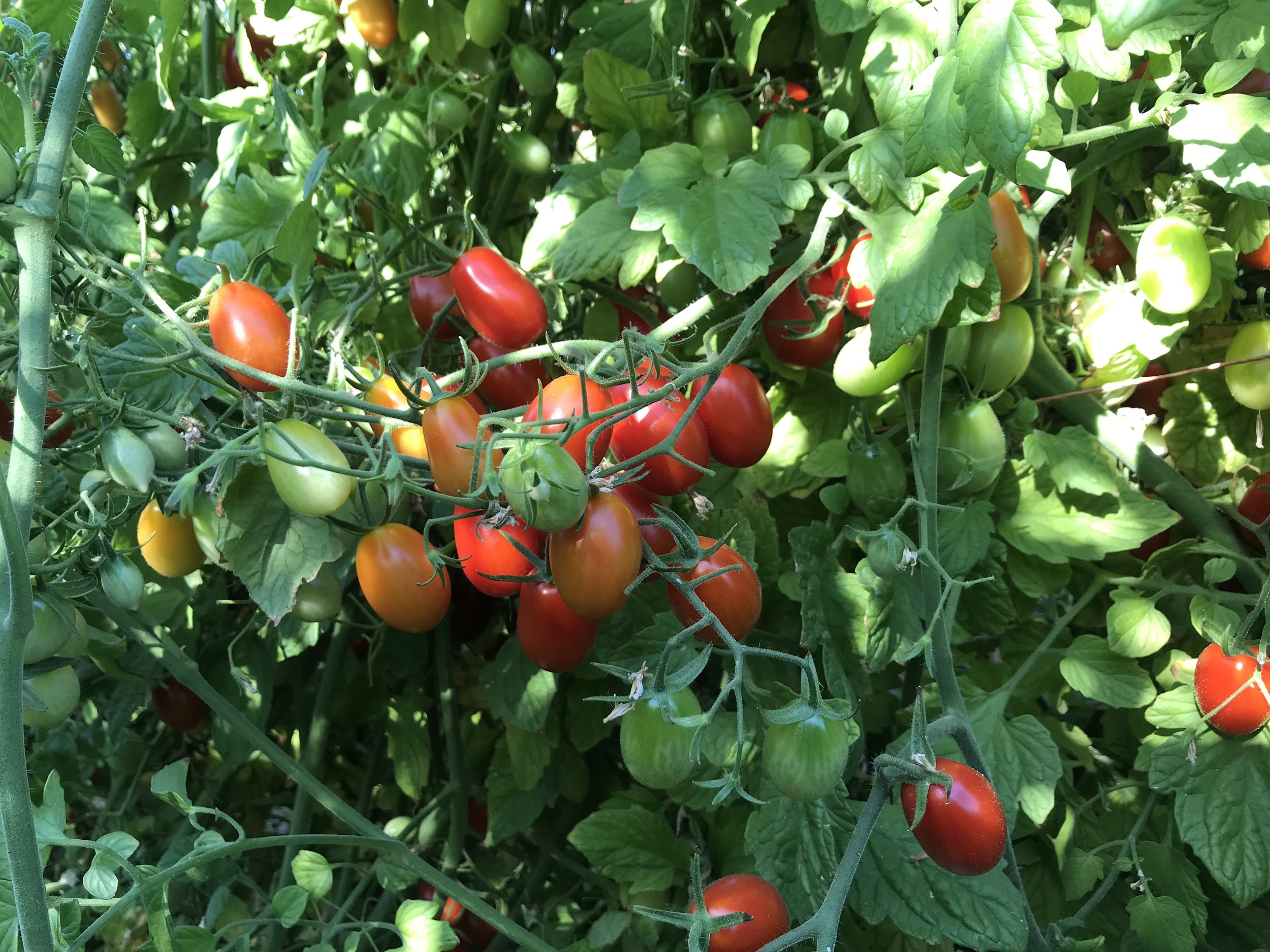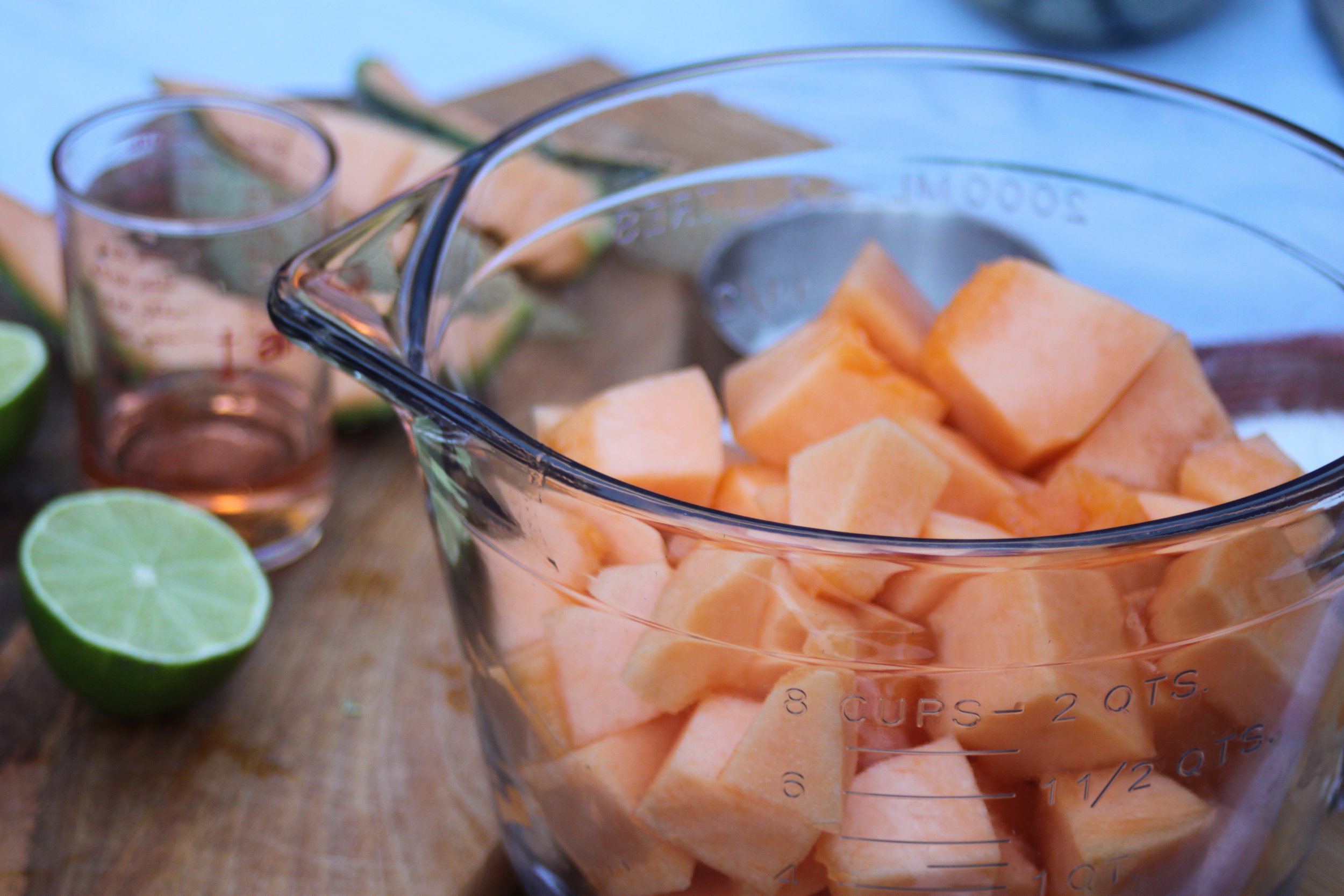Hungry Hollow Happenings: Fall on The Farm
The following newsletter was delivered straight to subscribers inboxes! If you’d like to subscribe to receive future newsletters (monthly-ish updates with stories from the farm, pictures, videos, recipes…), click the button below or fill out the form at the bottom of this page.
Hello and Welcome to Fall!
First things, first: it’s fall (did we say that, already?)!
To celebrate, we constructed a Fall Harvest House using a mix of heirloom squash and gourds, sugar pie pumpkins, corn, and sunflower heads. We set it up as part of a community celebration of the season, hosted by the Farm Stop here in Esparto. It was fun to grow the squash and build the house, but even more fun to see our community enjoy it. Take a look below!
Since we were last in touch, there have been quite a few changes around the farm.
We had our last harvest of cherry tomatoes this week, and are working on bringing in as much of the winter squash as we can from the fields (we’re short on empty bins!). The watermelon harvest seems a distant memory, and our last melons have just made their way into the packing house. Over the last month, we spent a good deal of time planting fall and winter veggies destined for the Yolo Food Bank’s weekly and holiday distributions; we regularly donate produce to our local food banks, but this planting is a collaboration in which we are growing specifically for their needs. It’s a project we have been working towards expanding and are excited to see how it goes this year. We even planted a few rows of strawberries just last week – new cultivars from UCD that we are giving a try (stay tuned for updates on that!). We’re noticing the days getting shorter, and feeling a welcomed chill in the air.
It is a time of transition here on the farm.
Spring seems to be the transition from fall/ winter cover-cropping to spring and summer planting.
Fall seems to be the transition from spring/summer growing and harvesting back to amendments and cover-cropping.
Spring seem to be a time of engaging plans.
Fall seems to be a time of evaluations, brainstorming ideas, and setting the stage for the coming year.
A farm is a living organism. With many moving parts, all constantly in motion, the farm sees changes from day to day, moment to moment. Some times of the year seem much of the same, predictable, while others are rife with transition.
The transitions may be subtle, taking course over a long period of time – the maturing of plants and ripening of a fruit – or more drastic, happening all at once, requiring immediate attention, and leading to more activity and changes, yet – the mowing of a field’s crop residue in anticipation for the next crop.
These more drastic changes, like the decision and motion to end harvest or transition a field, seem to be the outcome of our human intervention coupled with (or in spite of) the natural progress of a crop. For example, we decided to end our cantaloupe harvest this week. This decision was not based around the crop’s production or maturity, but because, as it turns out, not enough people are as interested in cantaloupes as they are sugar pie pumpkins in October (so, bring in the mower!). On the flip side, our tomato plants generally call the shots as to when the harvests end, and, like we mentioned in our last letter, this year we found ourselves trying to intervene by way of slowing the plants maturation down to extend our harvests longer.
Likewise, our decisions on the other side of things, the planning for planting side, are also based on these same two factors: crop needs and human interventions. Decisions around what we want to grow, and when we grow it are based on a combination of certain crops needs as well as business and logistical decisions:
Do we have enough people to harvest?
Do we have a buyer?
Do we have the right equipment?
What adjustments are going to be necessary?
Do we have a way to source seed, plant, cultivate, easily harvest, process, pack, store, transport the end product?
Will we have water in that field?
These questions can make it tricky to incorporate new crops, or even new varieties and methods, into our plans.
As farmers, we aim to always remain open to newness! (That’s how we got our wonderful cardboard pints in circulation!) A customer recently inquired about a type of winter squash we haven’t grown, so we are looking into purchasing that seed for next year. Are there any crops or varieties you would like to see us grow for you?
These past few years have been challenging for our farm, just as they have been for many across the globe. We are reevaluating and reconsidering how we’ve done things in the past and how we’re doing things now, looking for areas where we can improve, pivot, or adjust. Are our current crops working? Is our current way of doing things working? If not, what changes will we try? The way of the past is not always the way to the future.
So, that’s what fall here on our farm feels like: transition.
One day we’re harvesting from a field and the next (few days…) that same field is being mowed, disced, and composted. All the while we’re, brainstorming questions, challenges, and opportunities as we start thinking about our plans for next year, and transitioning fields toward the seasons ahead.
What does this season look like for you?
We’d love to hear from you (especially if you have some fun recipes to share).
Current Recipe on Repeat:
It may sound a little ho-hum, but roasting squash is a great way to ease into the change of season. Make a few of these over the weekend and keep in your fridge for some easy, yet incredible, meals over the week! Soup, ravioli filling, toast topping/sandwich spread, hummus, risotto...
Roasted Winter Squash
Ingredients:
1 Winter Squash, halved (acorn, sugar pie pumpkin, butternut, kabocha), seeds removed
Salt
Aromatics: garlic bulb, sage, thyme, rosemary (optional)
Preheat oven to 350F and arrange rack in the middle of the oven.
Sprinkle salt over the cut side of the squash, working into the seed cavity. Place halves of winter squash, cut side down, on a rimmed baking sheet. If using any aromatics, tuck them under the squash inside the seed cavity.
Bake until you can easily puncture with a fork or paring knife: depending on the size of your squash this should take anywhere from 30-60 minutes (begin checking at 30). You'll start to smell the delicious roasted squash, and the skin will take on a glossy, somewhat puffed up appearance.
Let cool before handling. The flesh can easily be scooped out of the skin with a spoon.
As always, you can see what we've been cooking up by visiting our website's Recipes Page (and social pages, linked below).
